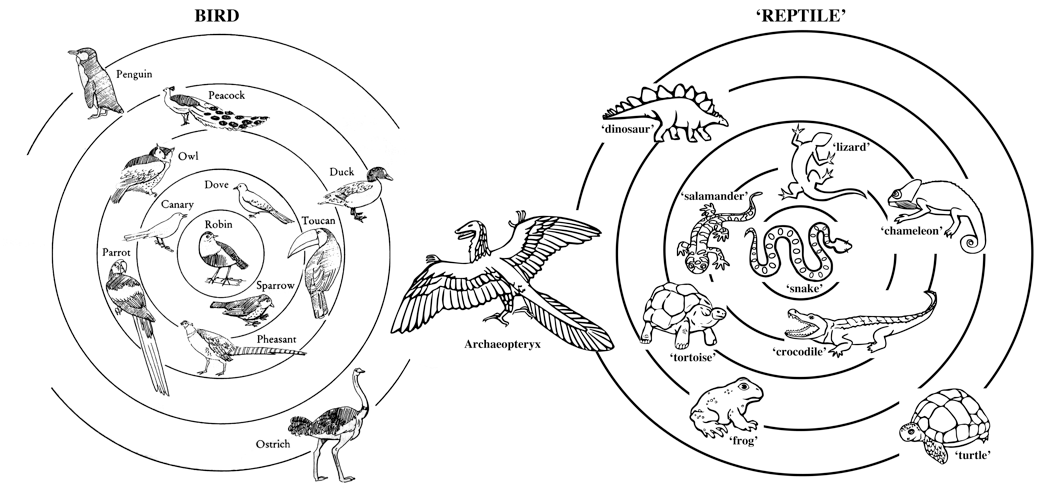Botany and Zoology
The ancient Egyptians were good observers of flora and fauna. High-quality reliefs and paintings from all periods of Pharaonic history depict animals and plants with high precision. While the apparent botanical and zoological inaccuracies can sometimes be explained by the environmental conditions. The river Nile, for example, was the only river within Egypt (and in the earliest time probably the only river known to the Egyptians, which might be the reason why it never received an indigenous name other than “(great) river”). Therefore the Egyptians were more likely to differentiate between Egyptian and non-Egyptian fish, than between freshwater and saltwater fish when classifying fish. The existence of such a classification system is further supported by the mullets or Mugilidae, a family of fish that migrated seasonally from the Mediterranean to the Nile. Given these circumstances, a zoological model that differentiated the habitats of fish according to the salinity of the water is not that obvious, and this explains why freshwater and saltwater fish can be depicted together in the one and the same relief, such as on the Punt relief of Hatshepsut.
The observation of fauna and flora also resulted in proper descriptions, even if only sparse remains of these have survived. Two faience plaques, now in the British Museum, London, and in the Yale University Art Gallery, prove that the royal libraries of the mid-18th Dynasty contained papyrus scrolls with monographs on pomegranate and olive trees; these plaques were probably once attached to the containers in which the corresponding papyrus rolls were kept. The descriptions of the snwt.t plant in the Ebers medical papyrus, recipe Eb 294, as well as those of the ivy and “Anubis-weed” in the magical papyrus London-Leiden, Recto XXIV, 22-25 and XIV, 31-32, give a rough idea of how plants were described in these periods. Handbooks on plants from the Graeco-Roman Period have also been preserved. The best known of these is the so-called “Demotic Herbal” from the mid-2nd Century AD. Its entries are numbered, so that we know that at least 90 plants were registered, although the beginning of the papyrus is lost. Each entry provides the name of the plant, some characteristics (often color, occasionally their habitat, but no details on cultivation) and one or two varieties of use within Egyptian medicine. A similar papyrus bears the heading “Observation of all plants of the pasture land and (?) of arable land (?)” (Papyrus BM EA 10547). It is interesting to note that none of these texts provides images of the described plants, as is known from contemporary Greek herbaria.
Similar descriptions also exist for animals. The Brooklyn Snake Papyrus contains a description of 38 snakes in its first part, which focuses on their dangerousness; and the second part of this papyrus is a handbook against snake bites and the bites of other animals.
These examples show that the Late Period handbooks on plants and animals do not have a primarily botanical or zoological function, but are complementary to the medical manuscripts:
Medical recipes:
Suffering x ⇒ caused by y ⇒ requires remedy z
“Demotic Herbal”:
Officinal plant z ⇒ useful for suffering x
“Snake papyrus”:
Snake y ⇒ causes suffering x
Although these texts do not primarily serve a botanical and zoological purpose, they provide insights into genuinely Egyptian taxonomic systems and descriptive vocabularies. The snake papyrus, for instance, includes a lizard in the category of “ḥfꜣ.w-snakes”, a word with possibly the same etymology as the word “reptile” (<< “creeping/crawling animal”). The Tebtynis onomasticon, on the other hand, excludes crocodiles and turtles from this group of animals and defines them as two separate groups of animals: 
Fig. 1: Tebtunis-Onomasticon, Fragments N 9,2 - U (after: Osing, Hieratische Papyri aus Tebtunis I, pl. 9-11)
As in other parts of the Egyptian lexicon, the taxonomy of flora and fauna is based on Prototype Theory: Here, all entities belong to categories whose properties are defined by those of a “prototypical” concept, or in this case: by a “prototypical” animal or plant. Depending on their degree of similarity to the prototype a life form can be viewed as a closer or looser representative of the same category. The categories are variable, depending on the chosen prototype and its properties, and the boundaries between these categories are fuzzy and can show overlaps, i.e. an animal or plant whose properties suit more than one category. While such a system is alien to modern biological semantic classes, which are based on Aristotelian categories, it can be compared to some extent with modern models of evolutionary biology, in which such overlaps serve as evolutionary links between different animal or plant categories. The following illustration (from Lincke, Raumwissen in Hieroglyphen, 143, Abb. 4) visualizes this open system by means of modern prototypical animal categories:

Fig. 2: Prototypical categories of animals "bird" and "reptile" with Archaeopteryx as an evolutionary biology link
Some of these biological categories did not become manifest in the Egyptian language as a concrete term for a prototype (“covert category”), although this prototype can be observed indirectly due to the nature of the Egyptian script: The Egyptian language had a category of animal that can be described as “quadruped with hide and tail” (and thus comes close to the modern “mammal” without being absolutely congruent with it). There is no separate name for this category, but its existence is proven by the fact that animals that belong to this category can be written with an animal skin with a tail: ![]() . Such “covert” categories were learnt by students in Onomastica and the so-called Miscellanies literature.
. Such “covert” categories were learnt by students in Onomastica and the so-called Miscellanies literature.
